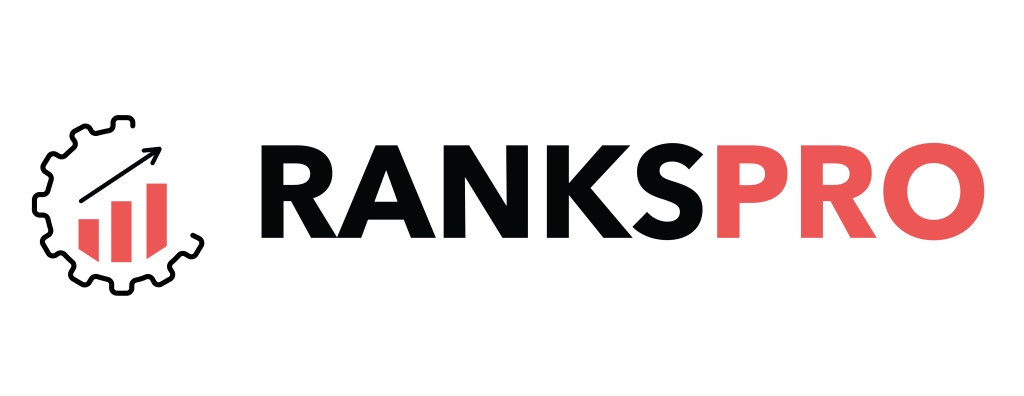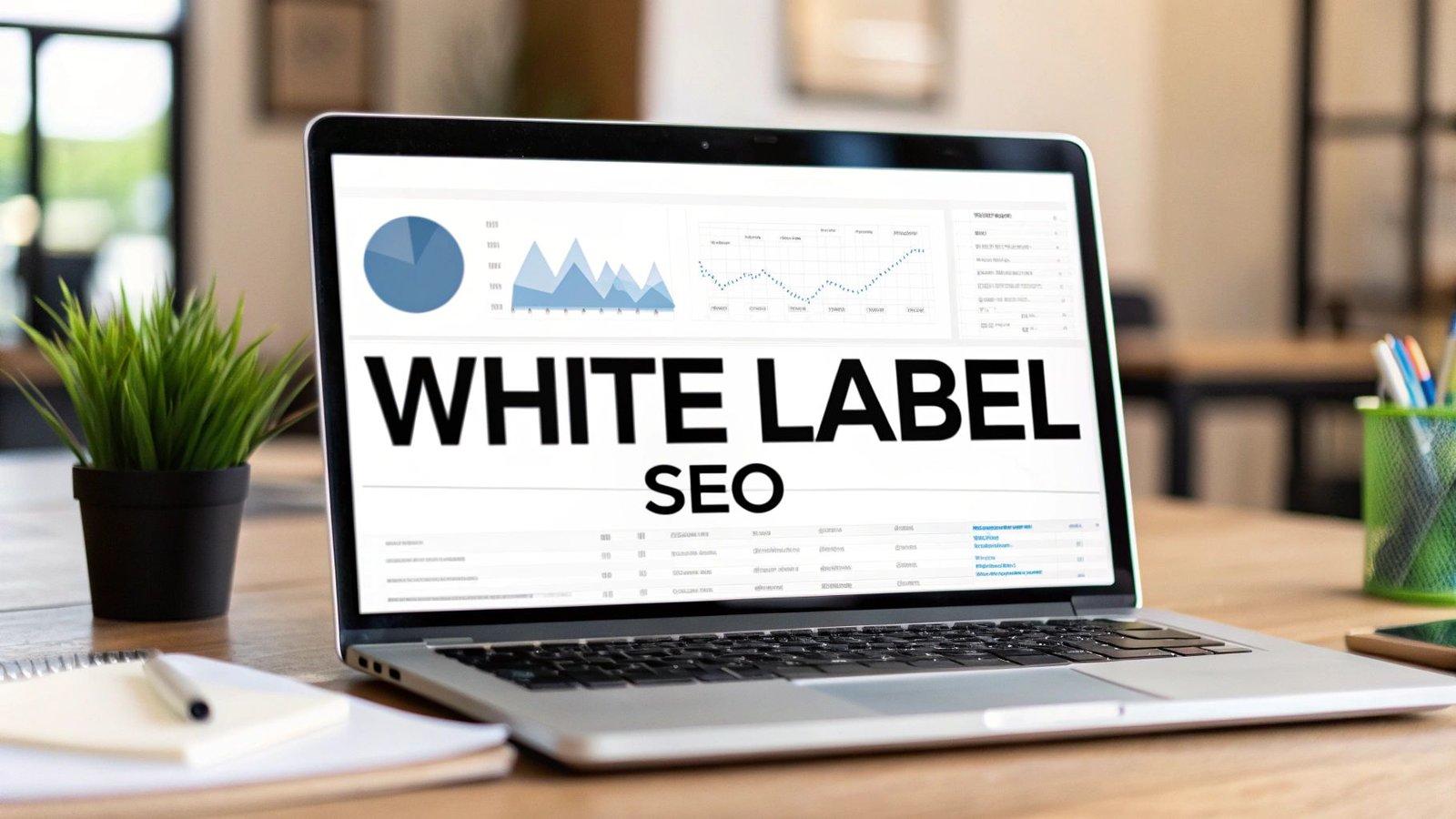In the dynamic world of business, competition is a constant. Understanding your competitive landscape is crucial for developing effective strategies, differentiating your offerings, and ultimately achieving success.
However, not all competitors are created equal. They vary in their approach, target audience, and the threat they pose to your business.
This guide breaks down the four main types of competitors and provides actionable steps to identify them, enabling you to gain a comprehensive understanding of your competitive environment.
Who Are Business Competitors?
Business competitors are entities—companies, organizations, or even individuals—that offer products, services, or solutions that satisfy the same customer need as your business. They are essentially vying for the same customer base and resources. It’s crucial to understand that “competitor” isn’t limited to businesses selling the exact same product.
The definition extends to any entity that could potentially take away your customers or market share. This broader perspective is essential for a complete competitive analysis. A competitor can be:
- Direct: Offering nearly identical products or services to the same target audience.
- Indirect: Offering different products or services that fulfill the same underlying customer need.
- Replacement: Offering alternative solutions that can completely replace your product or service.
- Future: Entities not currently competing but with the potential to enter your market in the future.
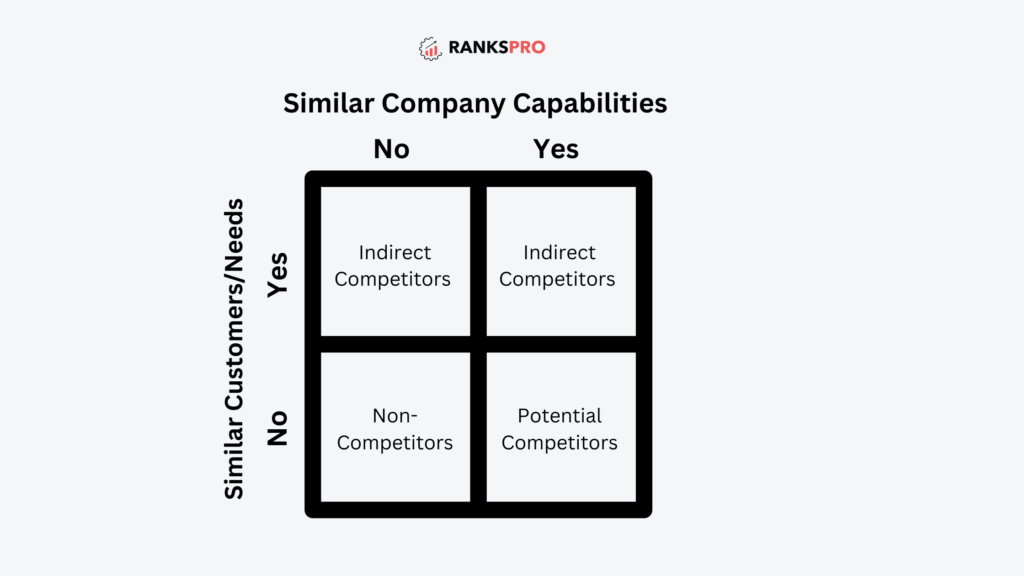
Thinking broadly about who your competitors are is essential. A small local bakery might consider other bakeries as direct competitors, but also grocery stores with in-house bakeries (indirect), meal kit delivery services (replacement), and even the increasing trend of people baking at home (future/indirect).
Why You Should Identify Business Competitors?
Identifying your business competitors is not merely a good practice; it’s a fundamental requirement for survival and success in today’s dynamic marketplace. Understanding your competitive landscape is essential for informed decision-making and strategic planning.
Here’s why you should prioritize competitor identification:
- Strategic Advantage: Knowing who your competitors are allows you to analyze their strengths and weaknesses, their strategies, and their market positioning. This knowledge provides a strategic advantage, enabling you to differentiate your offerings, capitalize on their weaknesses, and anticipate their moves.
- Market Understanding: Identifying competitors helps you understand the overall market dynamics, including pricing trends, customer preferences, and emerging technologies. This broader market awareness is crucial for making informed business decisions.
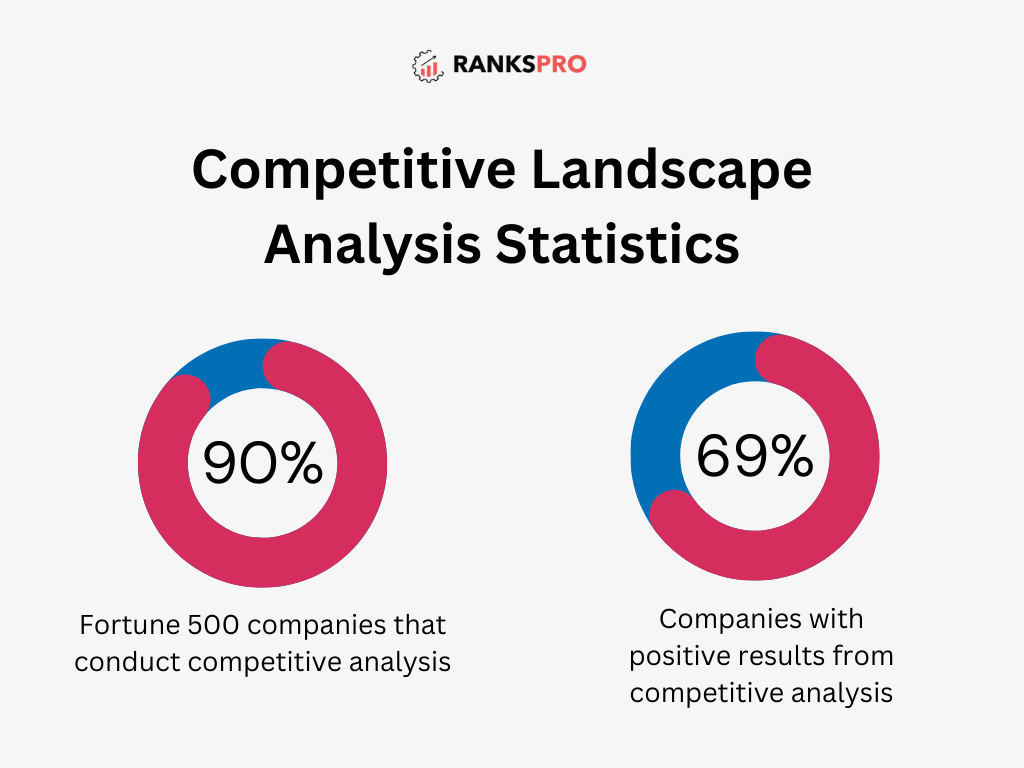
- Risk Mitigation: By understanding your competitive landscape, you can identify potential threats to your business, such as new entrants, disruptive technologies, or aggressive marketing campaigns. This allows you to proactively develop strategies to mitigate these risks and protect your market share.
- Opportunity Identification: Analyzing your competitors can reveal untapped market segments, underserved customer needs, or innovative approaches that you can leverage to your advantage. Competitive analysis can be a source of inspiration and innovation.
- Resource Allocation: Understanding your competitive landscape helps you allocate your resources more effectively. You can focus your marketing efforts, product development, and other resources on areas where you have a competitive advantage or where you can gain an edge.
- Performance Benchmarking: Identifying your competitors allows you to benchmark your own performance against theirs. This helps you identify areas where you are excelling and areas where you need to improve. Benchmarking is essential for continuous improvement and maintaining a competitive edge.
- Improved Decision-Making: Competitive intelligence informs and improves decision-making across all aspects of your business, from product development and pricing to marketing and sales. By understanding the competitive landscape, you can make more informed and strategic decisions.
- Long-Term Sustainability: In a constantly evolving marketplace, identifying and understanding your competitors is essential for long-term sustainability. By staying informed about the competitive landscape, you can adapt your strategies and ensure your business remains relevant and competitive.
In short, identifying your business competitors is not just about knowing who you’re up against. It’s about gaining the knowledge and insights necessary to develop effective strategies, mitigate risks, identify opportunities, and ultimately achieve sustainable success in the marketplace. It’s a continuous process that should be integrated into your business’s DNA.
Importance of Competitive Analysis
Competitive analysis is a critical process that involves identifying, evaluating, and understanding your competitors. It’s about more than just knowing who they are; it’s about understanding their strengths, weaknesses, strategies, and potential impact on your business. By conducting thorough competitive analysis, you can:
- Identify Opportunities: Discover untapped market segments, innovative approaches, and areas where you can differentiate your offerings.
- Mitigate Threats: Anticipate competitive moves, develop counter-strategies, and minimize potential risks.
- Improve Your Strategy: Refine your marketing, sales, and product development strategies based on insights gained from competitor analysis.
- Gain a Competitive Edge: Position your business for success by understanding the competitive landscape and leveraging your strengths.
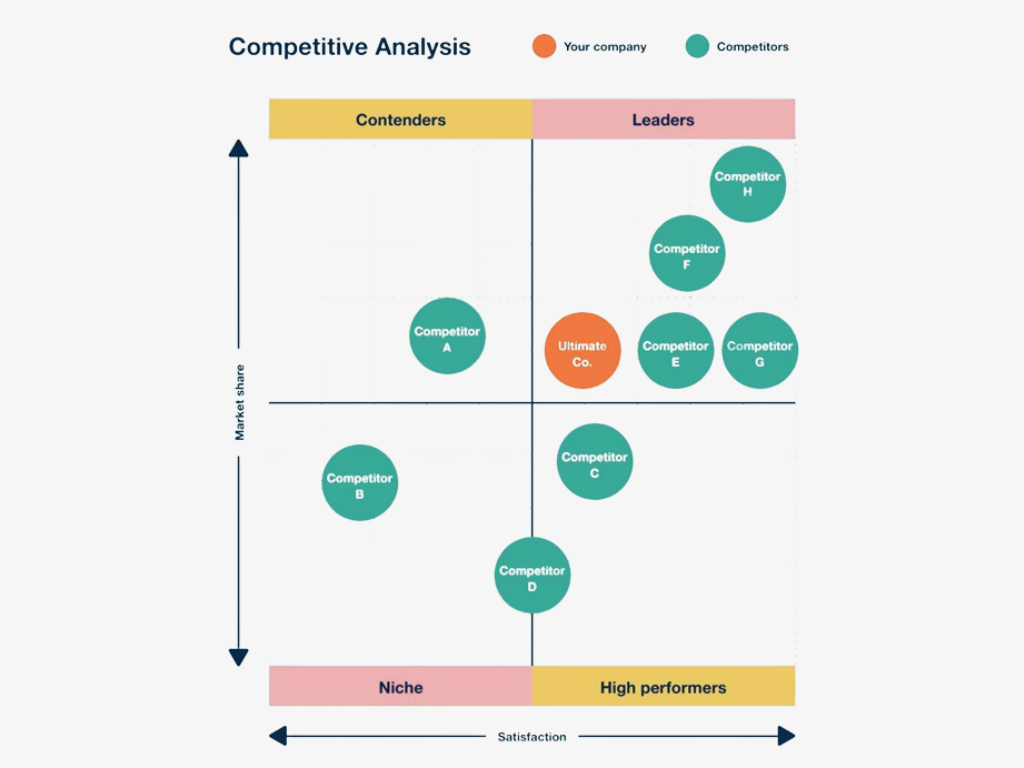
Understanding this wider competitive landscape provides a more accurate picture of the challenges and opportunities your business faces.
The Four Types of Competitors
Competitors can be broadly categorized into four types:
- Direct Competitors: These businesses offer essentially the same products or services as you, targeting the same customer base. They are the most obvious and immediate threat.
- Indirect Competitors: These businesses offer different products or services that can satisfy the same search intent of the customers. They may not be immediately apparent, but they still compete for the same customer dollars.
- Replacement Competitors: These businesses offer alternative solutions that can replace your product or service. They might use a different technology or approach to fulfill the same customer need.
- Future Competitors: These are businesses that are not currently competing with you but could potentially enter your market in the future. They might be expanding their offerings, exploring new markets, or developing innovative solutions.
Let’s deep dive into their characteristics and understand how they are important for your business:
1. Direct Competitors: The Head-to-Head Rivals
Direct competitors offer essentially the same products or services as your business, targeting the same customer base. They are the most obvious and immediate threat because they are directly vying for the same customer dollars. Think of them as your mirror image in the marketplace.
Characteristics of Direct Competitors
- Similar Offerings: They provide products or services that are nearly identical or very similar to yours. The core value proposition is the same.
- Shared Target Audience: They focus on the same customer demographics, needs, and pain points. They are trying to attract the same group of consumers.
- Direct Market Competition: They actively compete for the same market share, trying to win over the same customers.
- Comparable Pricing Strategies: Often, though not always, they employ similar pricing models, whether it’s value-based, premium, or discount pricing. Price wars are common among direct competitors.
- Marketing and Messaging Overlap: Their marketing materials and messaging often highlight similar features and benefits, emphasizing the same value proposition.
- Customer Loyalty Battles: They are constantly trying to win and retain customer loyalty, often through loyalty programs, promotions, and superior customer service.
How to Identify Direct Competitors?
- Industry Research: Start by researching your industry and identifying businesses that offer similar solutions.
- Online Search: Search for your products or services online and see which businesses appear in the search results.
- Customer Feedback: Ask your customers which other businesses they considered before choosing you.
- Competitor Websites: Visit the websites of potential competitors and analyze their offerings, target audience, and marketing messages.
- Industry Events: Attend industry conferences and trade shows to network with other businesses and identify potential competitors.
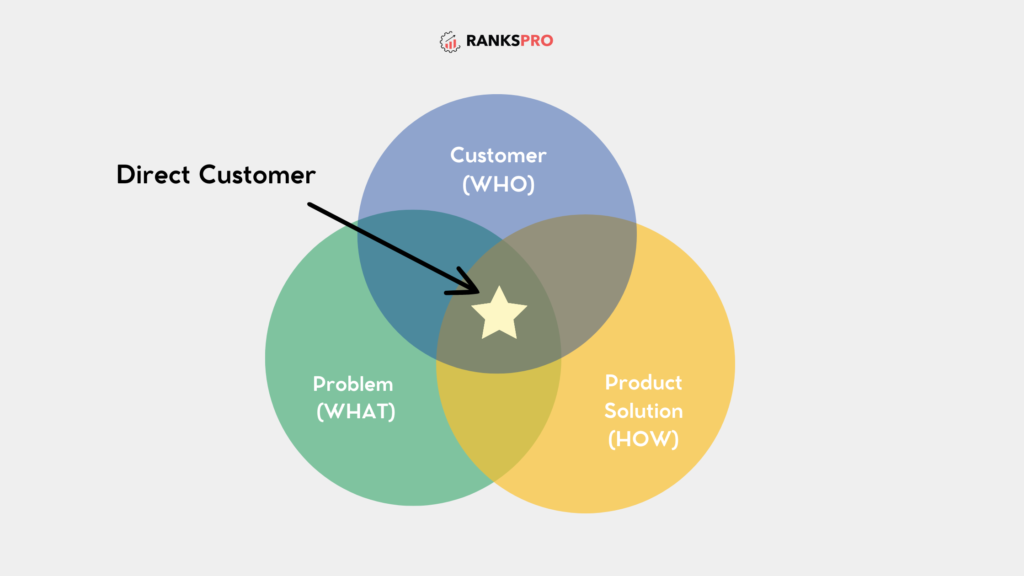
Industry-wise Examples:
- Fast Food: McDonald’s vs. Burger King, Wendy’s vs. Arby’s
- Soft Drinks: Coca-Cola vs. Pepsi, Sprite vs. 7 Up
- Athletic Wear: Nike vs. Adidas, Under Armour vs. Puma
- Coffee Shops: Starbucks vs. Dunkin’, Tim Hortons vs. Peet’s Coffee
- Smartphones: Apple vs. Samsung, Google Pixel vs. OnePlus
2. Indirect Competitors: The Alternative Solutions
Indirect competitors offer different products or services, but they satisfy the same underlying customer need. They might not be immediately obvious rivals, but they still compete for the same customer budget and attention. They offer alternative ways for customers to achieve the same outcome.
Characteristics of Indirect Competitors:
- Different Offerings, Shared Need: They provide products or services that are distinct from yours, but they address the same core customer need. The solution is different, but the problem being solved is the same.
- Overlapping Customer Base (Partially): They may target a slightly different segment of the overall market, but there’s significant overlap in the customer base.
- Competition for Customer Spend: They compete for the same portion of the customer’s budget, even though their offerings are different.
- Varying Pricing and Positioning: Their pricing and marketing strategies can vary significantly, as they are offering different solutions.
- Subtle Competitive Pressure: The competitive pressure is less direct than with direct competitors, but it’s still present as they are vying for the same customer.
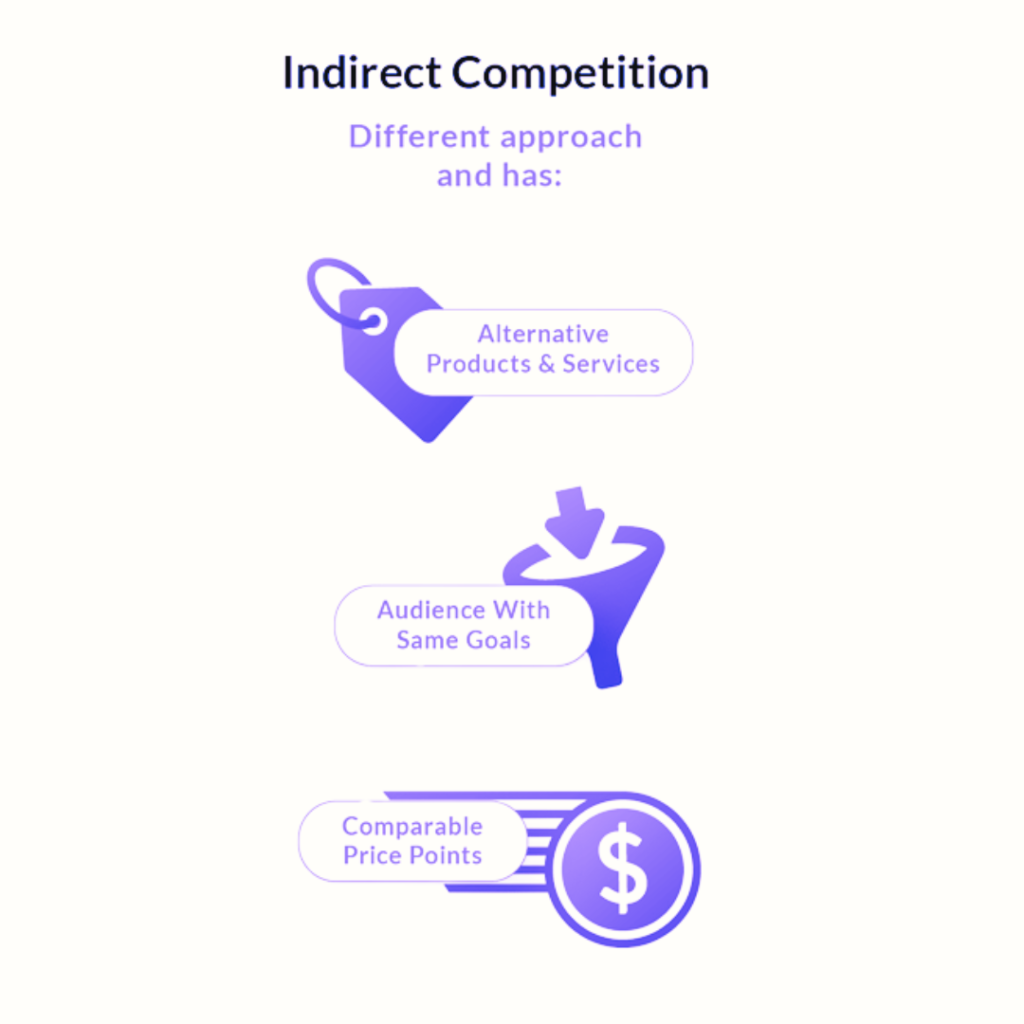
How to Identify Indirect Competitors:
- Customer Needs Analysis: Focus on the underlying needs that your product or service fulfills. Identify other solutions that can address those same needs.
- Market Research: Research the broader market your business operates in and identify businesses that offer alternative solutions.
- Customer Surveys: Ask your customers what other products or services they use to satisfy the same need that your offering addresses.
- Think Outside the Box: Consider seemingly unrelated industries or businesses that could potentially fulfill the same customer need differently.
Industry-wise Examples:
- Transportation: Personal cars vs. public transportation (buses, trains), ride-sharing services vs. taxis.
- Entertainment: Movie theaters vs. streaming services, video games vs. board games.
- Food: Restaurants vs. meal delivery services, grocery stores vs. fast food.
- Communication: Phone calls vs. email, instant messaging vs. video conferencing.
- Education: Traditional universities vs. online learning platforms, in-person training vs. self-study courses.
3. Replacement Competitors: The Disruptive Alternatives
Replacement competitors offer alternative solutions that can completely replace your product or service. They often leverage new technologies or approaches to disrupt existing markets and change how customers meet their needs. They represent a fundamental shift in how a problem is solved.
Characteristics of Replacement Competitors:
- Distinct Solutions, Same Problem: They offer radically different solutions to the same customer problem, often using innovative technologies or approaches.
- Potential Market Disruption: They have the potential to disrupt existing markets by offering superior or more convenient alternatives.
- Changing Customer Behavior: Their emergence can lead to significant shifts in customer behavior as customers adopt the new solution.
- Technological Advancement: They often rely on technological advancements or innovative business models.
- Threat of Obsolescence: They pose a threat of making existing products or services obsolete.
How to Identify Replacement Competitors:
- Technology Trends: Stay informed about emerging technologies and trends that could potentially replace your product or service.
- Innovation Watch: Monitor innovative startups and businesses that are developing alternative solutions.
- Industry Disruption: Pay attention to any disruptive forces that are changing the way customers meet their needs.
- Customer Behavior: Observe changes in customer behavior and identify any shifts towards alternative solutions.
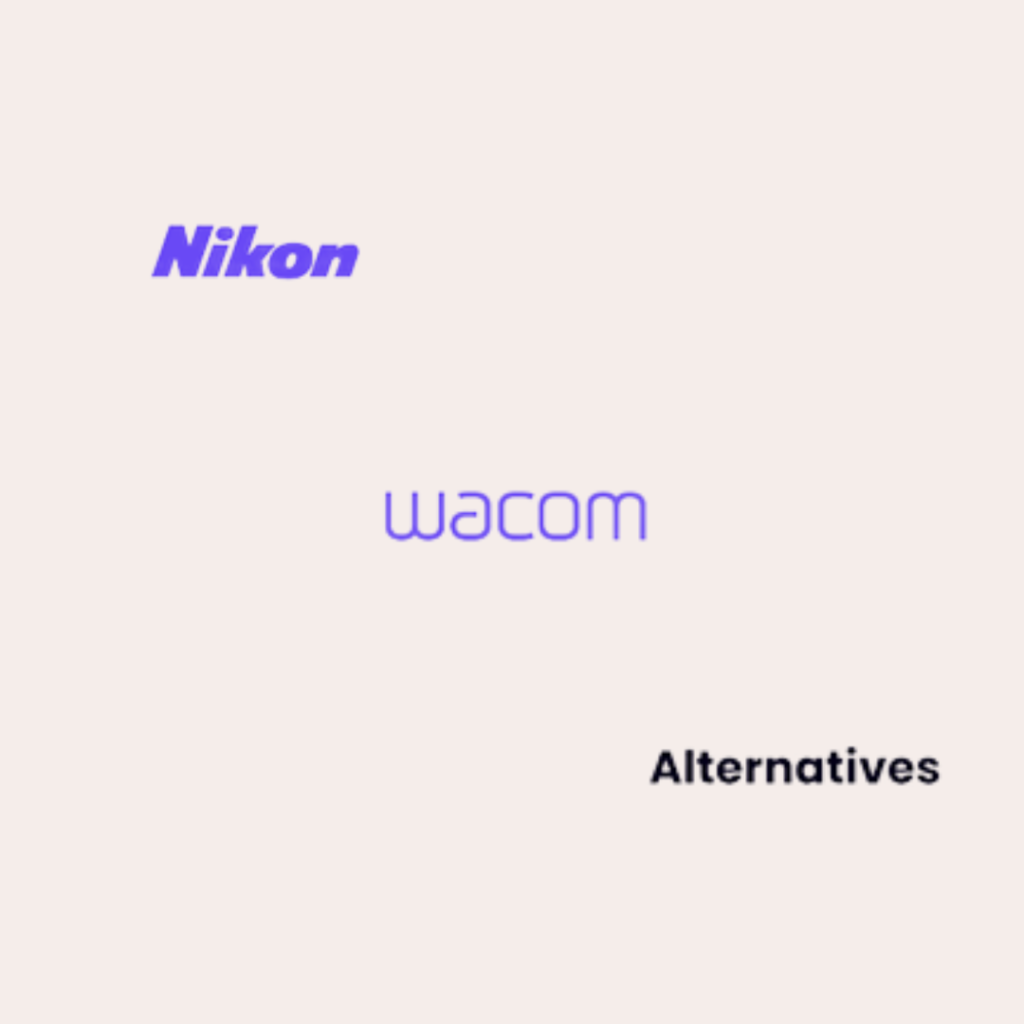
Industry-wise Examples:
- Media: Print newspapers vs. online news websites, traditional television vs. streaming services.
- Photography: Film cameras vs. digital cameras, professional photographers vs. smartphone photography.
- Music: CDs vs. digital music downloads, physical music stores vs. music streaming platforms.
- Travel: Travel agents vs. online travel booking websites.
- Software: Desktop software vs. cloud-based software, traditional office suites vs. online productivity tools.
4. Future Competitors: The Emerging Threats
Future competitors are businesses that are not currently competing with you, but they could potentially enter your market in the future. They might be expanding their product lines, exploring new markets, or developing innovative solutions. Identifying them early allows you to prepare for their eventual entry.
Characteristics of Future Competitors:
- Potential Market Entrants: They are not currently active in your market but have the potential to become competitors.
- Expansion Possibilities: They might be operating in a related market and could expand their offerings to compete with you.
- Innovation and Disruption: They might be developing innovative solutions that could disrupt your market in the future.
- Resource Advantage: They might have access to resources (funding, technology, expertise) that could give them a competitive edge.
- Uncertainty: Their future plans and market entry are uncertain, requiring ongoing monitoring and analysis.
How to Identify Future Competitors?
- Industry News: Stay informed about industry news and announcements, including mergers, acquisitions, and new product launches.
- Market Trends: Monitor market trends and identify any businesses that are showing interest in your market.
- Venture Capital Activity: Track venture capital investments to identify startups that could potentially become future competitors.
- Competitive Intelligence: Gather intelligence about your competitors’ plans and strategies.

Industry-wise Examples:
- Technology: A tech company developing a new product that could compete with your existing offering.
- Retail: A large retailer considering expanding into a new product category that you currently dominate.
- Services: A service provider in a related industry exploring opportunities to serve your target market.
- Startups: A startup with innovative technology or a disruptive business model that could potentially become a future competitor.
- International Expansion: A foreign company considering entering your domestic market.
By understanding the detailed characteristics of each competitor type, you can more effectively identify them and analyze their potential impact on your business. This knowledge is essential for developing robust competitive strategies and ensuring your long-term success.
Utilize RanksPro for In-depth Competitive Analysis
Understanding your competitors is crucial for SEO success. RanksPro, an all-in-one SEO platform, provides a robust suite of tools to conduct in-depth competitive analysis, giving you the insights you need to outrank and outperform your rivals.
Leveraging RanksPro’s competitor analysis features allows you to gain a comprehensive understanding of your competitors’ strategies, identify opportunities, and develop a data-driven SEO plan.
Here’s how you can utilize RanksPro for in-depth competitive analysis:
- SERP Analysis of Competitors: RanksPro’s SERP analysis feature allows you to examine the top-ranking pages for your target keywords. By comparing your website’s performance to your competitors’ websites, you can identify areas for improvement. It goes beyond basic keyword comparison, providing a deep dive into the factors that contribute to top rankings.
- Analysis of Organic vs. Paid Monthly Traffic: RanksPro allows you to analyze the estimated organic and paid monthly traffic of your competitors’ websites. This analysis helps you understand where your competitors are focusing their efforts and where you can gain a competitive edge.
- Top Performing Pages and Keywords: Identifying your competitors’ top-performing pages and keywords reveals which topics and search terms are driving the most traffic to their websites. By understanding their keyword targeting, you can refine your own keyword research and ensure you are targeting the most relevant and valuable search terms.
- Complete Backlink Profile Analysis: RanksPro provides a complete backlink profile analysis, showing you where your competitors are getting their backlinks from, the quality of those links, and the anchor text they are using. Understanding the strength and diversity of their backlink profile provides valuable insights into their overall SEO authority.
- Location-wise Rank Tracking: RanksPro’s location-wise rank tracking allows you to see how your website ranks compared to your competitors in different geographic locations. Tracking location-specific rankings helps you tailor your SEO strategy to each target area and optimize your content for local search.
How to Use RanksPro for Competitive Advantage?
By combining these features, RanksPro empowers you to develop a comprehensive competitive analysis strategy. Here’s how you can use the platform for competitive advantage:
- Identify Key Competitors: Use RanksPro’s tools to identify your main competitors, both direct and indirect.
- Analyze Their Strengths and Weaknesses: Examine their SERP performance, traffic sources, top pages, keywords, and backlink profiles to understand their strengths and weaknesses.
- Identify Opportunities: Look for areas where you can outperform your competitors, such as targeting underserved keywords, creating higher-quality content, or building stronger backlinks.
- Develop a Data-Driven SEO Strategy: Use the insights gained from competitive analysis to inform your keyword research, content creation, and link-building strategies.
- Track Your Progress: Monitor your website’s performance against your competitors over time to measure the effectiveness of your SEO efforts.
By consistently utilizing RanksPro for in-depth competitive analysis, you can gain a significant competitive advantage in the search landscape, improve your website’s rankings, and drive more organic traffic to your business.
